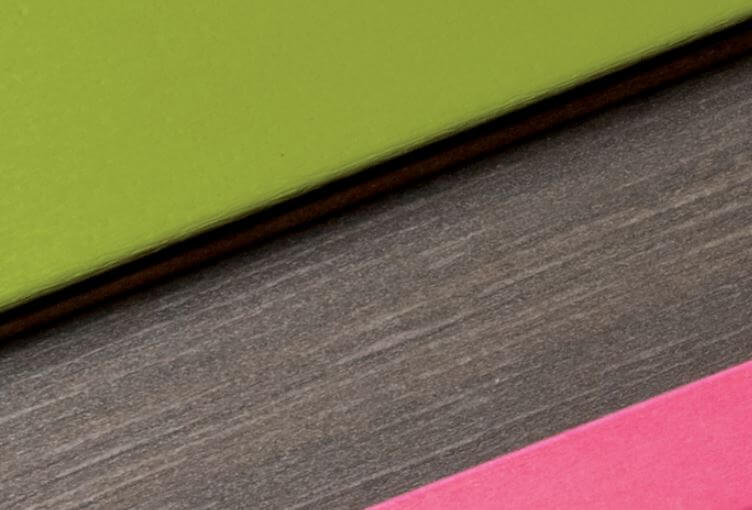Reasons To Use Plastic Lumber for Your Horse’s Enclosure

Plastic lumber is a material produced from HDPE, sourced from post-consumer and post-industrial waste. The creation of plastic lumber gives this plastic a second life, keeping it from sitting in landfills. Besides this environmental benefit, plastic lumber also has other advantages that make it perfect for a host of outdoor applications. Read ahead for reasons to use plastic lumber for your horse’s enclosure.
Excellent Resilience
Wood is the default choice for people building fencing and walls for horse enclosures. However, it breaks down quickly and requires a lot of maintenance. Plastic lumber is inorganic, so it isn’t subject to the same decomposition processes. It can handle exposure to water, sunlight, soil, and insects without rotting or weakening over time. This resilience is coupled with high physical durability, which ensures that plastic lumber structures keep your horses safely within their enclosures.
Highly Adaptable
While plastic lumber differs greatly from wood, it is similar with respect to its adaptability. Like wood, you can cut plastic wood boards into the shapes you need for your specific horse enclosure designs. From paddocks to trailer beds, this material covers most of your needs. No matter how you use it, you can trust that plastic lumber will support a great amount of weight and resist the forces of nature. It’s also easy to connect plastic lumber with electrical wires and insulators.
Safe for Horses
Most people know that horses tend to chew on fence posts. A great reason to use plastic lumber for your horse’s enclosure is that it’s safe for them. With wood, your horses may get hurt, as the material will splinter into sharp fragments that can cause damage to their gastrointestinal tract. HDPE lumber products from trusted plastic wood suppliers like Tangent won’t pose this problem. Try as they might, horses won’t be able to chew through or eat plastic lumber. On top of this, plastic wood is easy to clean, so you don’t need to worry about a buildup of bacteria or other infectious organisms.












